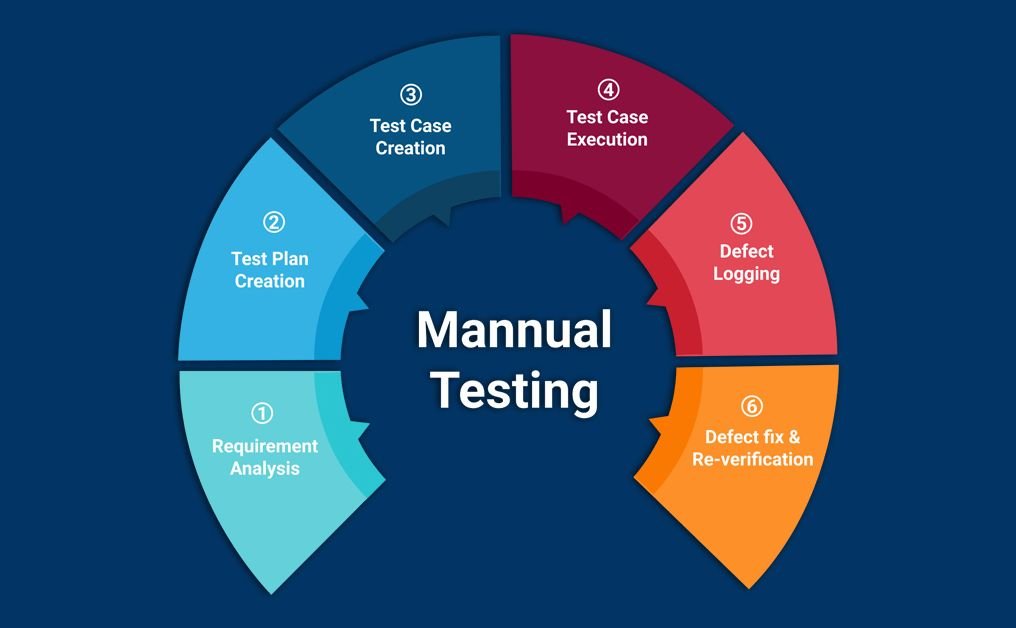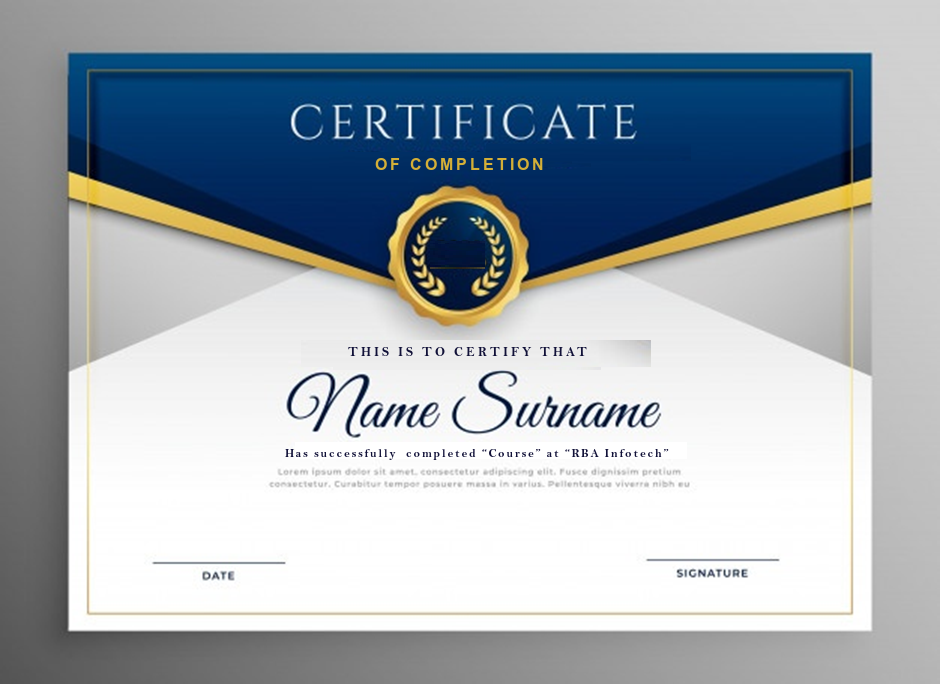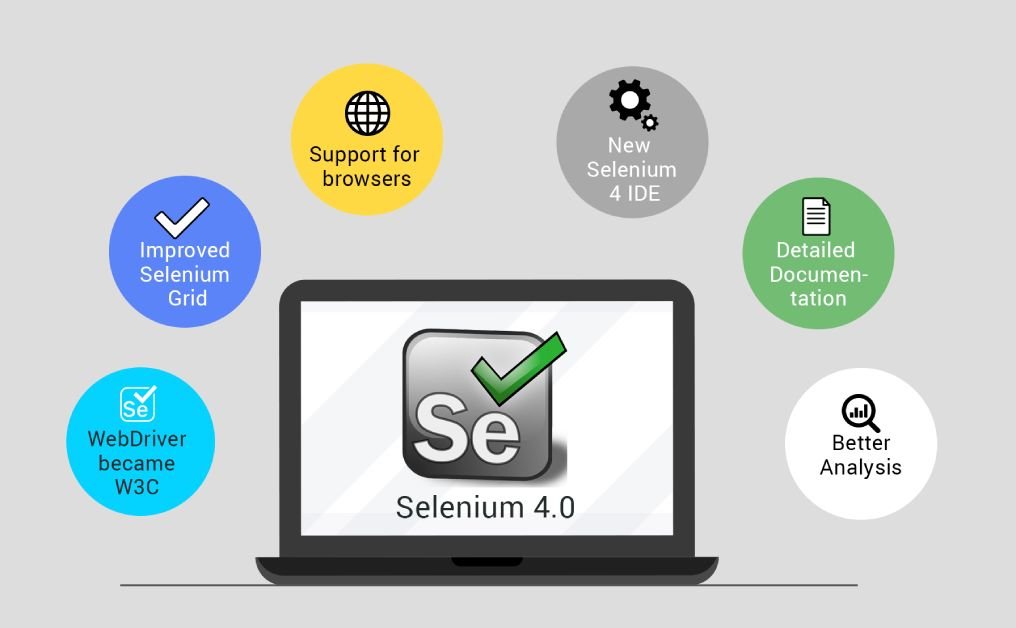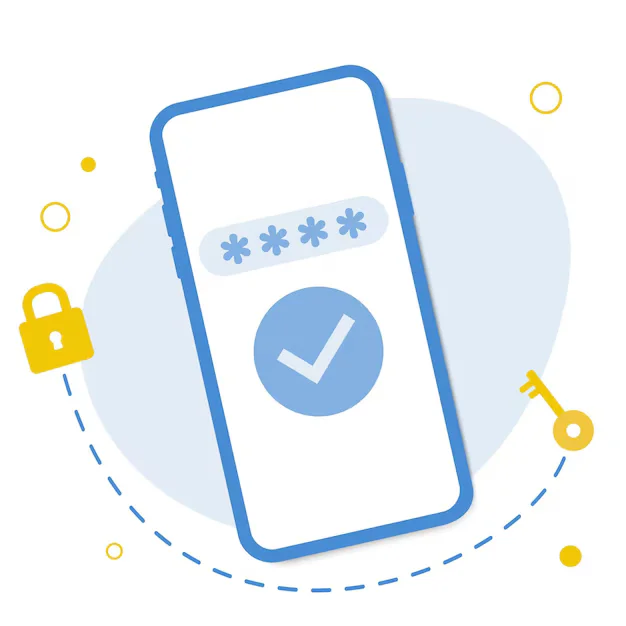
Manual Testing
Manual testing is a process of testing software for defects and verifying that the software meets its requirements. It is done manually by a human tester, instead of using automated tools. Manual testing requires a tester to manually execute test cases or scripts and compare the results with the expected results. Manual testing is used to check the functionality of applications, usability, compatibility and performance. It is used to identify errors, gaps or missing requirements, and also to validate that the application meets user expectations. Manual testing can be divided into different types, such as functional testing, integration testing, system testing, acceptance testing, unit testing, etc.
Each type of testing has its own set of advantages and disadvantages. The benefits of manual testing include: – Increased accuracy: Manual testing is more accurate than automated testing, as it is done by a human tester who can observe the behavior of the application more closely. – Increased coverage: Manual testing can cover more areas of the application than automated testing, as it can explore areas that are not covered by automated tests. – Increased flexibility: Manual testing is more flexible than automated testing, as it can be done at any time and in any environment. – Reduced cost: Manual testing is less expensive than automated testing, as it does not require expensive tools or resources. Despite the advantages, manual testing also has some challenges. These challenges can be overcome by employing best practices and techniques, such as: – Defining clear objectives and test plans: Clear objectives and test plans should be defined to ensure the success of manual testing. – Identifying test cases and scenarios: Identifying the right test cases and scenarios is necessary to ensure that the application is tested thoroughly. – Using effective documentation: Documentation should be used to document the test cases and results. This helps in tracking the progress and finding any errors. – Automating repetitive tasks: Automation can be used to automate repetitive tasks, such as creating test data and running tests. This helps in reducing manual effort. – Utilizing testers: Testers should be utilized to their full potential, as they can provide valuable insights into the application. In conclusion, manual testing is an essential part of software development and should be done with care to ensure the highest quality of the application. By following the best practices and techniques mentioned above, the challenges of manual testing can be overcome.
About Courses
Manual testing is a software testing process in which test cases are executed manually without using any automated tool. All test cases executed by the tester manually according to the end user’s perspective. It ensures whether the application is working, as mentioned in the requirement document or not.

Eligible Criteria
- Any Degree holder
- Basic understanding of programming language like C or Java is added advantage, but not compulsory
Total Hours: 120 Hrs
Enquiry About Certification

Course Enquiry
To schedule your training at your convenient time
Success Stories
Our students come from wide spectrum of backgrounds ranging from undergrads at small engineering colleges to experienced engineers at Google/Microsoft/Amazon.























